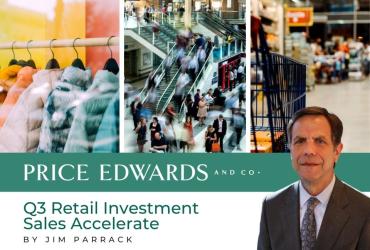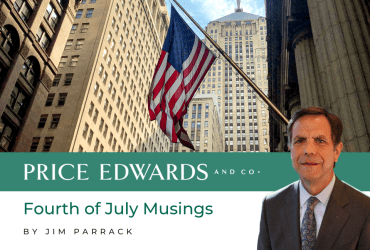
Prior to the pandemic, there was a feeling that we had finally made it through the worst part of the retail apocalypse. In the OKC metro, we were seeing 8.7% vacancy in centers over 25,000 square feet at the end of last year and we had a few new retailers open that were big wins for OKC (Home Goods, Costco, REI, Chisholm Creek restaurants, etc). For urban OKC, larger project development had slowed and it had allowed many of the existing vacancies to be filled. The office market and general economic conditions were starting to be a drag on retail (mostly energy related), but most tenants were on a trajectory to have a decent year.
Tenant’s and Landlord’s Look for Relief
Tenants and landlords have both been scrambling the last few months. Tenants trying to enhance and preserve liquidity and Landlords working with tenants and lenders. In general, smaller, local tenants have sought relief one way or another (with the exception of the above winners who have been open the entire time), most typically: 1) forgivable PPP loans through the CARES Act. These funds may be spent on payroll and rent among other expenses, allowing many smaller tenants to stay current on their rent. 2) one to three months of rent relief from landlords – deferral of rent was much more common than abatement. Most national tenants have drawn down lines of credit and sought (or demanded) relief from landlords; most common relief terms have been one to three months of deferred rent. Changes to leases sought by landlords (relaxing co-tenancy requirements, early lease extensions, eliminating onerous lease provisions) have required some level of rent abatement. Both local and national tenants have furloughed or laid-off hundreds of thousands of workers. There was no landlord relief in the CARES Act. Most have reached out to their lenders for relief and typically received either a few months of interest only payments or deferral of payments.
Who’s at Risk
Mid-pandemic, the most at risk tenant groups are smaller local tenants that aren't well funded and nationals that are over-leveraged. Restaurants and entertainment concepts will need to be very nimble with constant innovation. They will be maximizing multi-stream income by combining numerous ways to connect with customers. This will be a mixed bag, ie, the retailers that are nimble will do well and be the first to recover. The ones that aren't, either because they don't have the expertise or financial wherewithal, will be at risk. But, you can already see retailers doing curbside service, creative online marketing, restaurants partnering with grocery stores, multiple stores banding together for shipping, adding essential products, etc. - this creativity is a huge part of retails' history and part of why it will survive and ultimately thrive long term.
Mall Trouble
Malls and large gathering places (like theaters and concert venues) will have their work cut out for them during the pandemic; safety takes on new meaning. Not just physical safety, but also health safety and public relations. How they handle these issues is a customer service interaction that they've never had before. Keep in mind that Malls were in trouble before. There were probably 5,000 to 7,000 retail stores that were going to close per year over the next three years anyway; this pandemic will probably accelerate these stores closing (plus a few that weren't going to close). The same is probably true of Malls as well. C-class malls and a few B-class malls were going to die over the next few years....this will accelerate their demise. The malls that handle the cleaning and people management needed because of COVID will come back quicker and have a better chance of survival.









